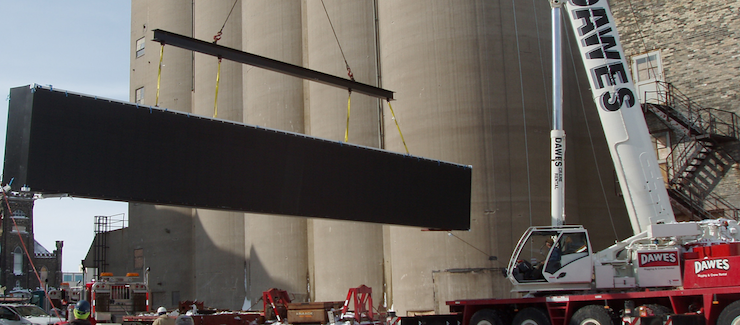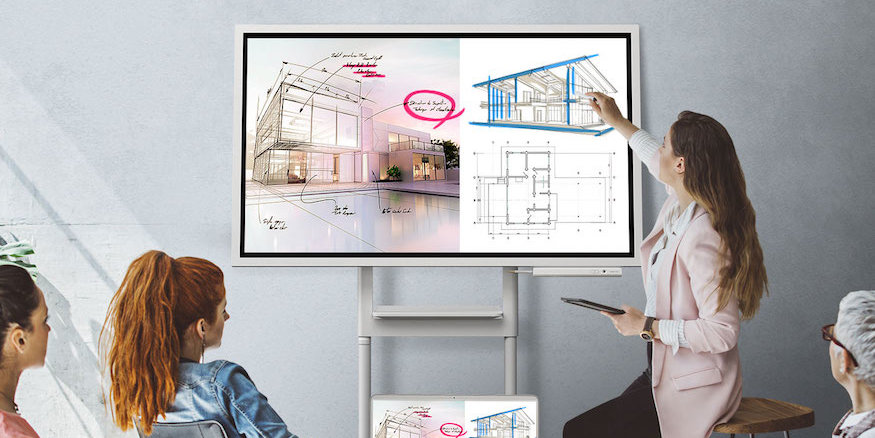Deciding when it’s time to replace your digital display can be tough. After all, you want to get as much use as possible out of your investment. But even the best displays don’t last forever. It’s important to consider upgrading your LED display to not only remain competitive and compliant, but also to avoid having to use more power to keep it running. With a newer setup, you can ensure lower energy costs and worry less about downtime.
So, how are you supposed to know when it’s time to replace your display? Here are some common signs it might be time to upgrade.
Showing its age
The most obvious place to start is with your board’s age. Ask yourself:
- How long ago did you purchase the board?
- What was the LED screen lifespan your manufacturer quoted you?
- Is your board still under warranty?
The average display lifespan is between seven and 10 years. Though boards can last much longer than the average, when you exceed that age range is when problems start to arise.
How to plan and deploy LED digital signage
Discover the unique advantages of direct-view LED technology over traditional LCD displays. Download Now
You should also consider how long your manufacturer stated your board would last. Perhaps your specific board was quoted as a 10- to 12-year lifespan. If you’re approaching the end of that range, it may be time to look into an upgrade — while you still have the luxury of time. With age also comes warranty concerns. If your display has aged out of its warranty, any issues that arise can be costly to fix.
Mechanical malfunction
Mechanical issues often include:
- Degradation of brightness and consistency
- Failure of LED components
- Obsoleting of parts
Even with the best maintenance, displays are subject to mechanical issues and failure. Older displays, especially those outdoors, receive a lot of environmental wear and tear over the years. Sunlight fades and degrades individual diodes, decreasing display brightness and picture consistency. With an inconsistent picture, your display is less valuable to both you and your advertisers. And as with any aging product, parts can fail. It happens, and without a warranty to replace or repair, those parts can be a big hit to your budget — if you can find obsolete parts at all.
Rising maintenance costs
Like it or not, cost is always a contributing factor, and evaluating the LED display board cost of your current board versus an upgrade is another effective way to weigh your options. Some considerations include:
- How much does it cost to power your board?
- Are the parts for your board old or hard to locate?
- Will a warranty still cover repairs?
- How much ad revenue are you bringing in with your current setup?
- How does the manufacturer support the product after the warranty expires?
Aging boards require more power to run than newer setups — up to 80 percent more. That means higher operating costs in your budget. Due to the increasing rate at which products become obsolete, it becomes more difficult and more expensive to replace broken parts. Older boards also attract fewer sponsors and advertisers than new boards with better picture quality.
Tech upgrades and industry standards
With rapid advancements in display technology, an upgrade may be necessary to stay competitive or compliant. Samsung’s MagicINFO, an all-in-one digital signage platform, is also an option that can help you manage the software and the hardware of your LED displays and optimize their performance, all from one place.
Sometimes, technology evolves so much over time that businesses are forced to upgrade. Accelerated tech advancements and higher industry standards can take shape in a number of different ways, including:
- Safety and emissions standards
- Smaller pixel pitch
- Brightness standards
- Better uptime and color capability
- Room for growth
- Price reductions
Industry visual standards are always getting higher. Improvements are constantly being made to safety and emissions, and it’s crucial that your board meets advancing standards.
Pixel pitch has continued to decrease and brightness standards are also changing. Not long ago, 5,000 nits marked ideal brightness. These days 7,500+ nits is the expectation. On top of pixel pitch and brightness, the industry has come to expect additional capabilities like better uptime, cloud-based management and HDR color.
The major rule of thumb: Your board should give you headroom, giving you the flexibility to grow with industry standards. If you’re already at max capacity, it may be time to upgrade.
Ready for an upgrade? Explore Samsung’s full line of LED solutions for your business — and get your free, complete guide to configuring and tailoring real-time messaging using an integrated content management system.








